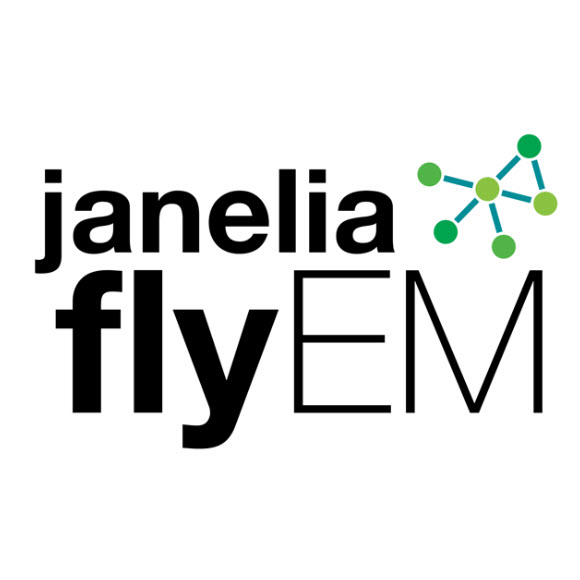Main Menu (Mobile)- Block
- Overview
-
Support Teams
- Overview
- Anatomy and Histology
- Cryo-Electron Microscopy
- Electron Microscopy
- Flow Cytometry
- Gene Targeting and Transgenics
- High Performance Computing
- Immortalized Cell Line Culture
- Integrative Imaging
- Invertebrate Shared Resource
- Janelia Experimental Technology
- Mass Spectrometry
- Media Prep
- Molecular Genomics
- Primary & iPS Cell Culture
- Project Pipeline Support
- Project Technical Resources
- Quantitative Genomics
- Scientific Computing
- Viral Tools
- Vivarium
- Open Science
- You + Janelia
- About Us
Main Menu - Block
- Overview
- Anatomy and Histology
- Cryo-Electron Microscopy
- Electron Microscopy
- Flow Cytometry
- Gene Targeting and Transgenics
- High Performance Computing
- Immortalized Cell Line Culture
- Integrative Imaging
- Invertebrate Shared Resource
- Janelia Experimental Technology
- Mass Spectrometry
- Media Prep
- Molecular Genomics
- Primary & iPS Cell Culture
- Project Pipeline Support
- Project Technical Resources
- Quantitative Genomics
- Scientific Computing
- Viral Tools
- Vivarium
GALA
Powerful Software Tools for Nanometer-Resolution EM Neuro-image Large Stacks' Segmentation
Image segmentation, a fundamental problem in computer vision, concerns the division of an image into meaningful constituent regions or segments.
GALA is a powerful, nano-resolution software tool developed to better understand the architecture and computation methods of the brain by analyzing and storing high-resolution neuroimaging stacks (such as those distributed under the open-source Janelia license, for example).
Researchers at Howard Hughes Medical Institute’s Janelia Farm Research Campus have effectively improved the processing of large EM image stacks overcoming previous limitations and greatly expanding the toolkit for biological-image data analysis. The motivation was to understand the function of neuronal circuits by elucidating neuronal connectivity with a wide resolution range (nm - mm) needed for neuroimaging. Such disparity of scales results in huge image volumes and makes automated segmentation an essential part of neuronal circuit reconstruction. Moreover, automated segmentation of EM images presents significant challenges to distinguish the virtually identical textures within adjacent neurons, mitochondria, and vesicles within cells that are very similar to the cells' boundaries (elongated, intertwined shapes), where even small errors in boundary detection result in large errors in neuron network topology.
GALA provides improved segmentation by active machine learning during hierarchical region (superpixels) agglomeration. The method combines multiple features at all scales of the agglomerative process, works for data with an arbitrary number of dimensions, and scales to huge datasets.
Advantages:
- Generally applicable to images of arbitrary dimension (both EM and natural image data)
- Supports n-dimensional images (volumes, videos, etc.) and multiple channels per image.
- GALA library contains numerous evaluation functions, including edit distance, (adjusted) Rand index (ARI), and the variation of information (VI).
- It supports a wide array of merge priority functions to explore the data, such as the median boundary probability or user-specified merge priority function.
- Provides a suite of hierarchical segmentation algorithms, including the eponymous Graph-based active learning of agglomeration.
- Transparently supports multi-channel probability maps (e.g., the cell-boundary probability channel versus mitochondrion for a given pixel).
- Potentially can point to the probable location of errors.
Applications:
- Image segmentation is becoming increasingly essential for analyzing biological image data, especially for analyzing large stacks of both EM and natural image data.
- Multiple applications in computer vision and object recognition.
Opportunity:
Free Open-Source, Non-Profit Download
For inquiries, please reference:
Janelia 2013-008


